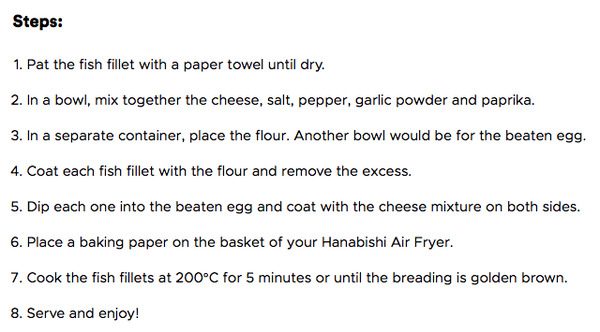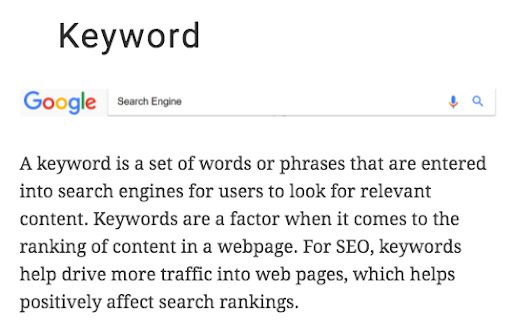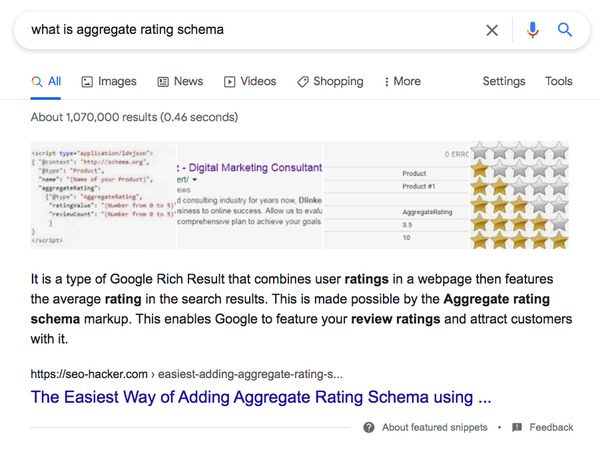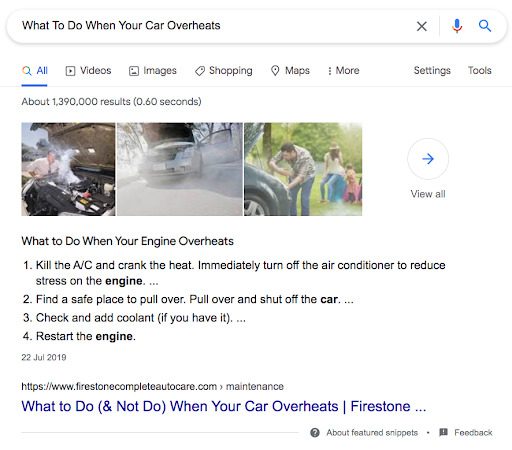What’s the difference between SEO Copywriting and Copywriting?
Is there a difference in Content Strategy?
A difference in the style of writing?
And ultimately, what makes each one significant?
In this course for SEO School, I will teach you how to differentiate SEO Copywriting from the usual copywriting. These lessons will teach you about the little differences that can make your writing both powerful and critical.
Let’s begin!
Copywriting is an art and science combined. To be a good copywriter, you need to ensure that you have all these three SEO skills intact – Writing, Marketing, and Technical Knowledge.
You will need to learn how to write for both searchers and the search engine. How can you do that? It’s all about finding that sweet spot.
Remember, Google’s number one goal is to “organize the world’s information and make it universally accessible and useful.” This means that in order for your article to rank (and to rank well), you will need to give people the answers they are looking for.
In this SEO Copywriting course, you will be going through 3 chapters. Each one is designed to hone a specific skill to help you become the best SEO writer.
First, we start with research.
Chapter 1: Art and Science

SEO copywriting is all about giving answers to people in a format that can be understood by Google’s algorithm.
In chapter 1 of this SEO Copywriting course, you will learn about how to find your audience, what they’re looking for, and the keywords you need to target for your article to reach them.
Finding Your Audience
One of the best tips when it comes to SEO writing is to know your audience. Who are you writing for? What type of writing style or tone do they gravitate the most towards? And more importantly, what type of help do they need?
Keep these questions in mind as you think about what type of article to write.
If they’re looking for help learning about a certain task, they may prefer a detailed post that explains an intricate step-by-step process. A good example would be detailed recipes such as the one found below.

Or if they’re looking for information about a certain topic that they need quickly, then they may prefer a page that is straight to the point such as this one.

Finding Your Intent
With Google’s algorithm growing and learning at a rapid pace, some old SEO practices have become obsolete.
Black hat SEO practices of keyword stuffing and invisible text especially will not work against Google’s advanced Artificial Intelligence.
To dominate the rankings, your article has to fit the intent of the keyword you are targeting. Meaning, you must create content that can answer people’s problems and pain points.
At the end of the day, people go on search engines for help. Your job as an SEO copywriter is to give them the solutions that they’re looking for.
Here are the four types of search intent for SEO that you need to know:
- Informational: people looking for information (e.g. how-to articles)
- Transactional: people looking to purchase a product (e.g. e-commerce shops)
- Navigational: people already looking for a certain website (e.g. brand websites)
- Commercial: people looking to buy in the near future (e.g. product reviews)
Finding Your Keywords
To make sure that your article will find its way to the search results of your chosen audience, you have to make sure that it is Search Engine Optimized. One of the most important ways you can ensure that your article ranks are through keywords.
When choosing a keyword, put yourself in the searcher’s shoes. What type of keywords would they put into Google to find the best results? At the same time, how would they phrase it?
Let’s say you were looking to learn about aggregate rating schema for the first time. You could use keywords such as “what is aggregate rating schema” or “aggregate rating schema definition.” They’re short and straight to the point.

However, let’s say you already know about aggregate rating schema and instead you want to learn how to integrate it onto your site. Then, you could use the keyword “how to add aggregate rating schema with coding”. It’s longer, but that extra info is needed for Google to understand what you need.
If you want to learn more about this, check out our chapter on SEO Copywriting: Art and Science.
Chapter 2: Wordsmith vs. Wordplay

Now that you’ve figured out your audience, search intent, and keyword, you’re ready to write. As I mentioned earlier, SEO copywriting is all about finding a balance between what searchers need and what search engines are looking for.
Writing Your Content
First, let’s talk about your content. How long it will be should depend on your target audience. Let’s say you want to target people needing help with an overheating engine. They won’t have time to sit and read through a 2,000-word article. You need to give them tips that they can digest as fast as possible, in a format that they can read easily.

At the same time, you have to take note of your tone. In this situation, you wouldn’t want to read an article written like a scholarly essay, would you? You want something straight to the point. With short sentences. And that is conversational and easy to read.
Writing Your Headings
Speaking of formatting, let’s talk headings. Header Tags are used to help Google understand the hierarchy of information on a page.
The H1 is usually the title, which in this case could be “What To Do When Your Car Overheats”. The H2 are your subheadings, these can be used to help feed searchers information faster. These could be points such as “Pull Over”, “Add Coolant”, and “Call For Assistance”. H3s, H4s, H5s, H6s, and so on will be used for additional information. For example, your H3 could be a section about “How To Add Coolant To An Overheating Car”.
Writing With Keyword Integration
Lastly, but definitely not least, we have keyword integration. Keywords are one of the most important factors in a page. It tells Google exactly what your page is about. That’s why it has to be integrated seamlessly into your content.
Make sure you have your keyword on your title. Then, as a rule of thumb, try to place your keyword in 1% of your content. This is called keyword density. You also want to make sure that these are spread evenly throughout your content.
Want to learn how to become a better writer? Check out our chapter on Wordsmith vs. Wordplay.
Chapter 3: User Experience

The next step after writing SEO-friendly articles is to publish them. To increase your website’s engagement rate, there are certain factors that you should optimize.
Take note that it’s not just the writing style that you should plan meticulously. You should also visualize how you want to present the information to searchers.
Optimizing Your Design
First thing’s first — be interesting. Don’t just settle for long blocks of text. Instead, learn how to break it up into shorter paragraphs and sentences. Play around with the formatting and layout to find the most appealing one for your audience.
Ensure that the colors of your background, font, and images all work well together. In terms of font size, make sure that it’s big enough for searchers to be able to read it easily.
Optimizing Your Images And Alt Text
Throw in some strategically placed images into your article, and you’ve got yourself an interesting read.

In terms of images, use them to break the monotony of paragraphs full of text. Make sure it’s engaging and, most importantly, related to your topic. Don’t forget to put in alt text to help Google understand what it’s about.
Optimizing Your Interlinks
One other way you can get your readers to be more engaged is through Internal Linking SEO. Chances are, if they enjoy reading your content, they may want to read more of it.
Interlink related articles with the proper anchor text for readers to be able to explore more of your content and the topic they’re interested in.
Optimizing Your Meta Data
Lastly, let’s talk about your meta data. Is it SEO-optimized? Meta data is one of the most important pieces of content, as it is what will affect the searcher’s ultimate decision — will they click on your website or not?
Meta data is comprised of three factors: title tags, meta descriptions, and the URLs.
In terms of the title tag, make sure that you make it short and engaging. A good rule of thumb is to make sure that it only has a maximum of 60 characters.
For your meta description, your goal is to summarize your article in under 150-160 characters. Think of the shortest and most direct way to encourage someone to click on your page versus its competitors.
For the URL, try to put your keyword in it to help improve its rankings.
If you want to write articles better curated for users, check out our chapter on SEO Copywriting for User Experience.
Want To Be A Better SEO Writer? Take Our SEO Copywriting Course!
Our SEO Copywriting course is HIGHLY recommended for those who want to be a full-fledged SEO in no time. I just also want to point out that the notion “SEO Copywriting is writing for search engines” is definitely not true. You are still writing for people but are MINDFUL of the search engine’s favor of optimized content. There’s a huge difference between those lines – which will be uncovered as we go through each lesson.
Editor’s Note: This post was originally published on July 27, 2012. This was updated on July 8, 2021 to give a more comprehensive tutorial on SEO Copywriting.
The post Ultimate Guide To SEO Copywriting appeared first on SEO Services Agency in Manila, Philippines.
#seo #seoservices #SEOServicesCompany #SeoServiceProvider #seoexpert #digitalmarketingtips #marketing #socialmediamarketing #socialmedia #webdesign #blogger #onlinemarketing #marketingdigital #contentmarketing #website #searchengineoptimization #advertising #internetmarketing #marketingstrategy #entrepreneur #digitalmarketingagency #ecommerce #webdevelopment #digital #design #marketingtips #sem #websitedesign #smallbusiness #graphicdesign






